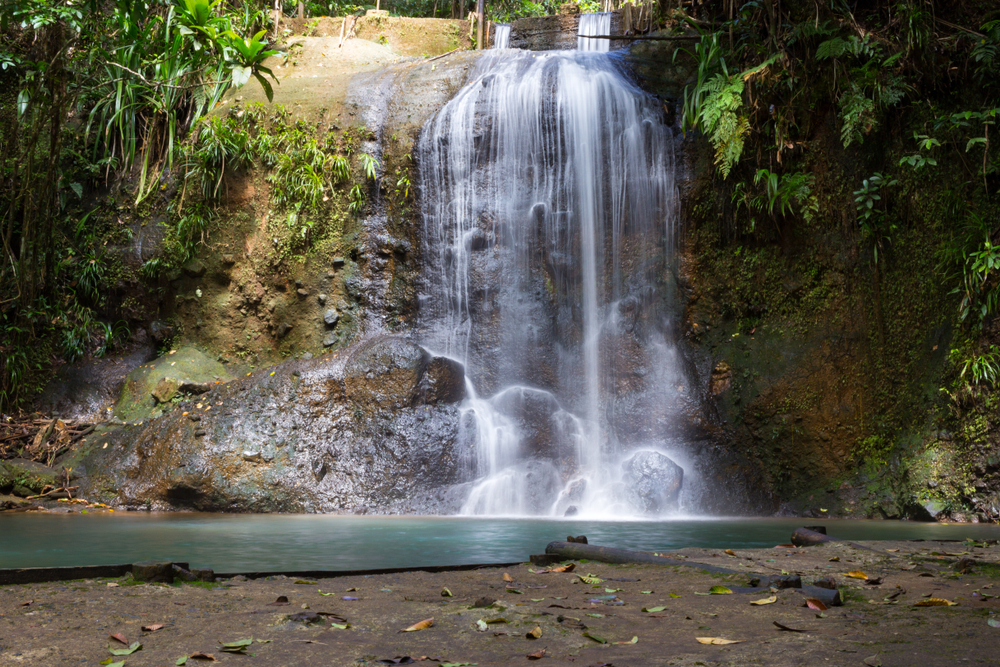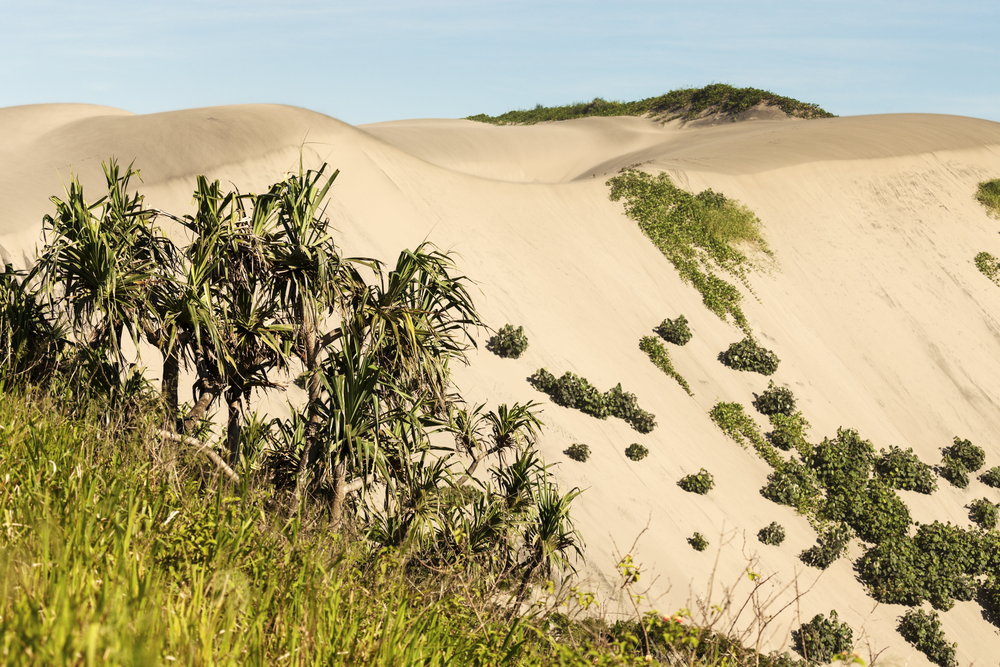Koroyanitu National Heritage Park Overview
Koroyanitu National Heritage Park, located on the main island of Viti Levu in Fiji, spans approximately 23 square miles (60 square kilometers) and is a sanctuary for some of the country’s most breathtaking landscapes.
This protected area, nestled within the northwestern highlands of Viti Levu, showcases the natural beauty of Fiji’s interior, featuring rugged peaks, verdant rainforests, and cascading waterfalls. One of the park’s most striking landmarks is Mount Koroyanitu, which rises to an elevation of 1,195 meters (3,921 feet) and serves as a dominant feature of the park’s mountainous terrain.
The region is characterized by rolling hills, steep ridges, and deep valleys that provide stunning panoramic views. Lush tropical forests blanket much of the landscape, with large stands of native trees such as dakua (Agathis macrophylla), vesi (Intsia bijuga), and other hardwood species forming dense canopies that shelter the rich biodiversity of the park. Alongside these trees, a variety of ferns, orchids, and epiphytic plants thrive in the humid environment, adding to the park’s vibrant and diverse plant life.
The park is a haven for wildlife, supporting an array of bird species, many of which are endemic to Fiji. Visitors may encounter the stunning orange dove (Ptilinopus victor) and the masked shining parrot (Prosopeia personata), two of the most sought-after sightings for birdwatchers.
The melodious calls of the Fiji bush warbler (Horornis ruficapilla) echo through the forest, while the Pacific robin (Petroica multicolor) flits among the undergrowth. Reptiles, including various gecko and skink species, inhabit the forest floor and trees, while a rich diversity of insects and invertebrates contribute to the ecosystem’s health.
Though large terrestrial mammals are not native to Fiji, the park’s streams and waterfalls provide habitats for freshwater fish and amphibians, contributing to the park’s ecological diversity.
One of the most popular attractions within Koroyanitu National Heritage Park is the Abaca (pronounced Am-batha) Village, which serves as an entry point for many visitors exploring the park. The village provides a unique cultural experience, allowing guests to interact with the local community and learn about traditional Fijian lifestyles. Numerous hiking trails wind through the park, leading adventurers to stunning vistas, waterfalls, and historical sites.
A particularly rewarding trek is the climb to the summit of Mount Koroyanitu, offering breathtaking views of the Mamanuca and Yasawa Islands. Along the way, visitors may also encounter relics of ancient fortified villages, stone walls, and burial mounds that reveal the rich history of the region.
The scenic Savuione Falls, nestled deep within the forest, is another highlight, where visitors can take a refreshing swim in the clear waters surrounded by lush greenery.
Visitors engage with Koroyanitu National Heritage Park primarily through hiking, birdwatching, and guided eco-tours. Many trails vary in difficulty, catering to both casual walkers and experienced trekkers. Camping is also an option for those who wish to fully immerse themselves in the natural surroundings, with designated sites available near Abaca Village.
The park’s community-based conservation model ensures that local villagers play a central role in maintaining the landscape and guiding visitors, promoting sustainable tourism while preserving cultural heritage.
Despite its conservation efforts, the park faces ongoing challenges, including deforestation, invasive species, and the impacts of climate change. However, initiatives led by local communities and conservation organizations have been successful in maintaining the integrity of the park’s ecosystems.
The sustainable tourism approach, in which entrance fees directly support village projects and conservation programs, has proven to be an effective model for preserving the park’s unique natural and cultural assets.












































































